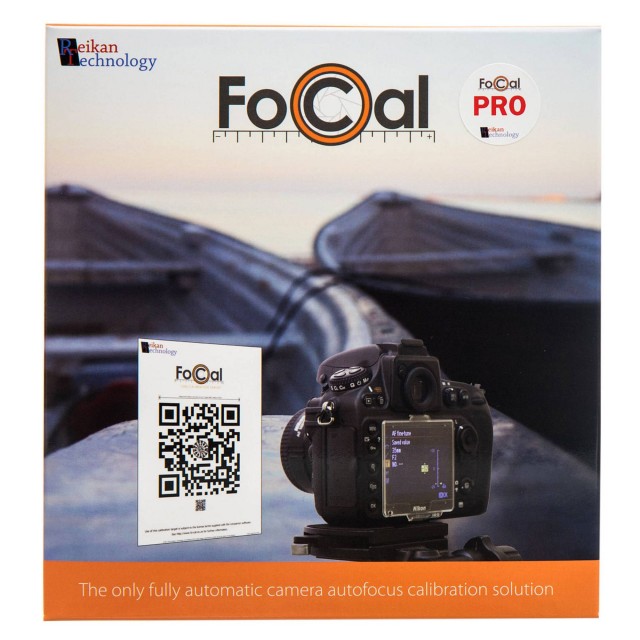
Stopping down a stop or two from wide open will usually give you sharper results. Lenses are typically at their sharpest in the middle of their aperture range. While they are related, they are not the same thing.

Many photographers don’t realize there is a difference between being “in focus” and sharpness. As a result, it allows photographers to more accurately choose the absolute best aperture based on their depth of field needs while retaining sharpness. It also highlights what will be in focus based on the depth of field of your selected aperture when the photo is actually captured. But it doesn’t just highlight what is in focus in the viewfinder. In its simplest form, focus peaking is a display overlay in your digital viewfinder or LCD that highlights the edges around everything in your frame that is in focus, making it far easier to focus manually (especially with aging eyes). Knowing that the flowers in the foreground were the most important part of the composition, I chose to focus on them and let the background fall slightly out of focus at ƒ/11.

Rainier before focus peaking existed and thus had to guess as to the correct depth of field based on my previous experience with similar scenes. Though it may seem useless or even gimmicky for wildlife or action photography, it really comes into its own in landscape photography, where composition is done slowly and methodically-and usually on a tripod. While often overlooked and misunderstood, focus peaking is one of the most powerful new technological advances in photography over the past several years. It started as a feature of early mirrorless cameras, but it was quickly added to the “live view” options on many DSLRs as well. Part of this transition, and one of the features that initially drew me toward mirrorless cameras, is focus peaking. While it’s been quite a ride for those of us who remember shooting film, everyone can agree it has made photography easier, and the photos we make are stronger as a result. In this case, that balancing act led me to ƒ/11 and a focal point a couple of feet into the frame toward the mountains.Ī lot has changed in the last 20 years for us photographers-think about how much has changed just in the last five! First, we transitioned away from film (some of us faster than others), and now we are transitioning away from DSLRs toward mirrorless cameras (again, some of us faster than others). With the blades of grass being highlighted (red in my case), I was able to adjust my focal point as well as aperture to figure out exactly where I should focus to keep the mountains and grass sharp-while also trying to use a mid-range aperture for critical lens sharpness. Fine detail foregrounds (like grass) are a great way to learn how focus peaking works.

This shot of the Grand Tetons was a perfect situation to use focus peaking.


 0 kommentar(er)
0 kommentar(er)
